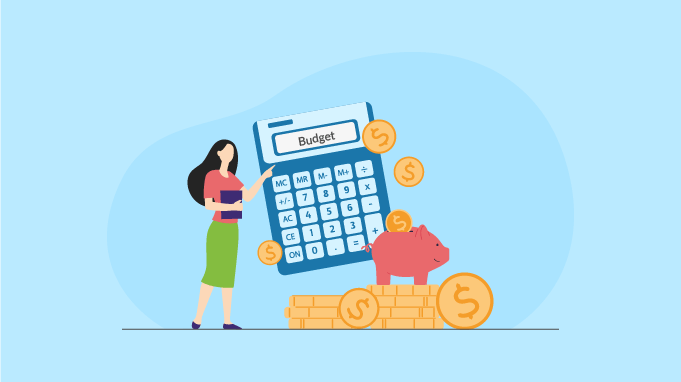Smart budgeting for long-term savings

Mastering the art of budgeting is essential for anyone looking to secure their financial future and achieve long-term savings goals. This comprehensive guide offers invaluable insights and practical tips to help you navigate the complexities of financial planning with ease.
Whether you're a seasoned saver or just starting to think about your financial future, understanding the principles of effective budgeting can transform your approach to money management.
Introduction to Smart Budgeting
Budgeting is the cornerstone of personal financial planning. It involves tracking income, managing expenses, and making informed decisions about how to allocate resources in a way that aligns with your long-term savings goals.
With the right strategy, budgeting can help you control spending, save more efficiently, and reduce financial stress. It opens the door to financial freedom and a secure future, allowing you to live comfortably without sacrificing your long-term objectives.
The focus of this blog post is to provide a detailed walkthrough of intelligent financial planning, emphasizing the importance of a well-thought-out budget for achieving substantial savings over time.
Setting Financial Goals
The initial step in smart budgeting is setting clear, achievable financial goals. Whether it's saving for retirement, a down payment on a home, or building an emergency fund, having specific objectives is crucial.
Goals should be SMART: Specific, Measurable, Achievable, Relevant, and Time-bound. This framework helps in creating a clear roadmap for your financial journey.
Once your goals are set, effective budgeting becomes the vehicle that drives you to your destination, ensuring you remain focused and motivated along the way.
Understanding Income and Expenses
A fundamental aspect of budgeting is gaining a comprehensive understanding of your income and expenses. This involves cataloging all sources of income and listing all monthly expenses, from the fixed necessities like rent and utilities to variable costs such as dining out and entertainment.
Distinguishing between wants and needs is crucial for prioritizing spending and identifying areas where you can cut back. A detailed analysis of expenses often reveals surprising opportunities for savings.
Tools like budgeting apps or spreadsheets can be extremely helpful in tracking and categorizing your financial activity.
Creating a Budget Plan
With a clear understanding of your financial landscape, the next step is to create a budget plan that aligns with your goals. This plan should detail how you intend to allocate your income each month, ensuring that essentials are covered, debts are paid, and savings targets are met.
The 50/30/20 rule, for instance, is a simple yet effective budgeting guideline. It suggests spending 50% of your income on needs, 30% on wants, and allocating 20% to savings.
Importance of an Emergency Fund
An often overlooked but critical component of a smart budgeting strategy is the creation of an emergency fund. This fund acts as a financial safety net, designed to cover unexpected expenses such as medical bills or sudden job loss.
Experts recommend saving at least three to six months’ worth of living expenses. Having this cushion can prevent the need to dip into long-term savings or take on high-interest debt in a crisis.
Monitoring and Adjusting Your Budget
A budget should not be set in stone. As your financial situation and goals evolve, so should your budget. Regular review and adjustment are key to staying on track.
Ideally, you should revisit your budget monthly, comparing actual spending against planned spending and adjusting as necessary. This ongoing process helps to refine your budgeting strategy and better align it with your changing priorities.
Leveraging Technology for Budgeting
In today's digital age, numerous tools and apps can simplify the budgeting process. These platforms offer features like automatic categorization of expenses, reminders for bill payments, and visual representations of your financial progress.
Embracing technology can provide a clearer view of your financial situation, making it easier to stay disciplined and achieve your savings goals.
Commitment Is Key
The most crucial element in successful budgeting is commitment. Staying committed to your budget and financial goals, even when faced with challenges, is essential for long-term success.
With dedication, discipline, and the right strategies in place, achieving financial stability and growing your savings is entirely attainable.
Mastering the art of budgeting is not only about managing your money more effectively; it's about securing a better financial future for yourself and your loved ones. By setting clear goals, understanding your financial situation, and committing to a well-planned budget, you can achieve long-term savings and enjoy the peace of mind that comes with financial security. Start your journey to smart budgeting today and take the first step towards realizing your financial dreams.

Related